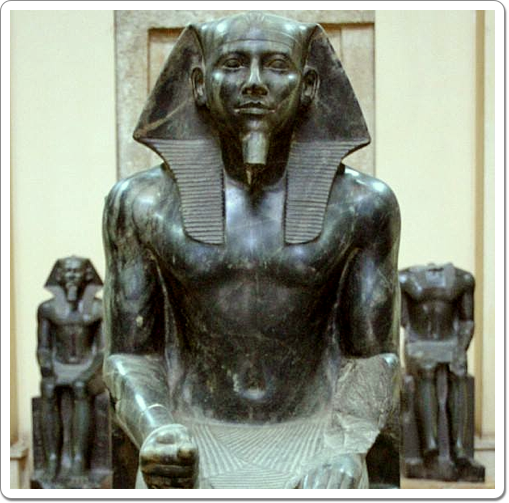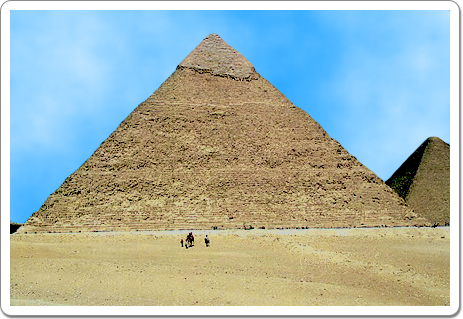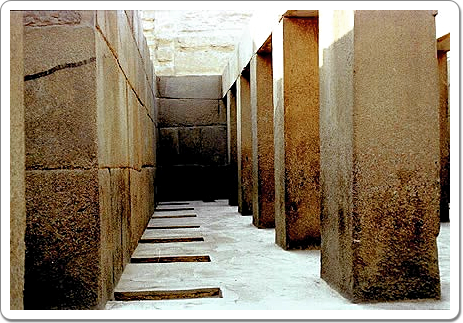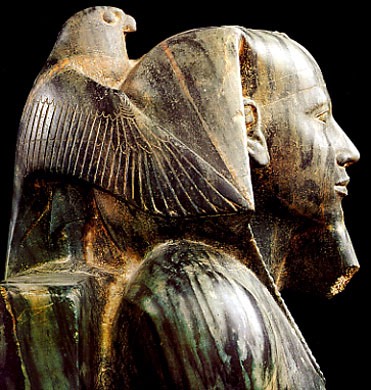Khefren was the son of Kheops and Henutsen, and thus the half-brother of his predecessor, Djedefre.
He was married with his (half ?) sister Khamernebti I, with whom he had a son, Mykerinos, and a daughter, Khamernebeti II. He was also married to Meresankh III, a daughter of Kawab and Hetepheres II, with whom he had at least four sons: Nebemakhet, Niuserre, Khenterka and Duaenre, and one daughter, Shepsestkau. Other sons of Khefren’s were Nikawre and Sekhemkare, but it is not known who their mothers were.

Khefren’s most famous statue represents him seated on a his throne, protected by Horus.
Source: Egyptian Antiquities on Facebook
It is not known why Djedefre was succeeded by his half-brother Khefren and not by his own son, Setka. It is sometimes suggested that Khefren pushed aside Setka, but it is equally possible that at Djedefre’s death, none of his sons had survived and that Khefren was the oldest surviving male descendant of Kheops. It is, however, equally possible that our notion of a father-son succession did not fully apply to the kings of the 4th Dynasty.
Khefren's marriage to Meresankh III, a granddaughter of Kheops, is often seen as a further legitimisation of his claims to the throne.
The Turin King-list records a rule of more than 20 years for Khefren, according to Manetho and Herodotos it was 66. The highest known recorded year for this reign is the year of the 13th cattle count. The cattle counts were biennal at least two times during the reign of Khefren, which means that this king ruled Egypt for at least 15. A reign of 26 years is generally accepted.
During Khefren’s reign, the solar-religion gained in importance. His predecessor had already added the title "Son of Re" to the royal titulary. Khefren continued this new tradition.
The high quality and richness of private tombs built during his reign show that Egypt was a prospering country.
Khefren returned to the plateau of Giza to build his funerary monument next to his father's. Although his pyramid is slightly smaller than Kheops', it was built on a higher level of the plateau, giving the impression that it is the biggest of the three. The inner structure of the pyramid of Khefren is less complex than Kheops' as well.

Khefren's Pyramid at Giza, easily recognisable by the original limestone encasing that is still present at the top.
The mortuary temple and the valley temple connected to Khefren's pyramid are still very well preserved. Several statues representing the king seated on a throne were found inside the Valley Temple.

A view inside Khefren's Valley Temple at Giza.
